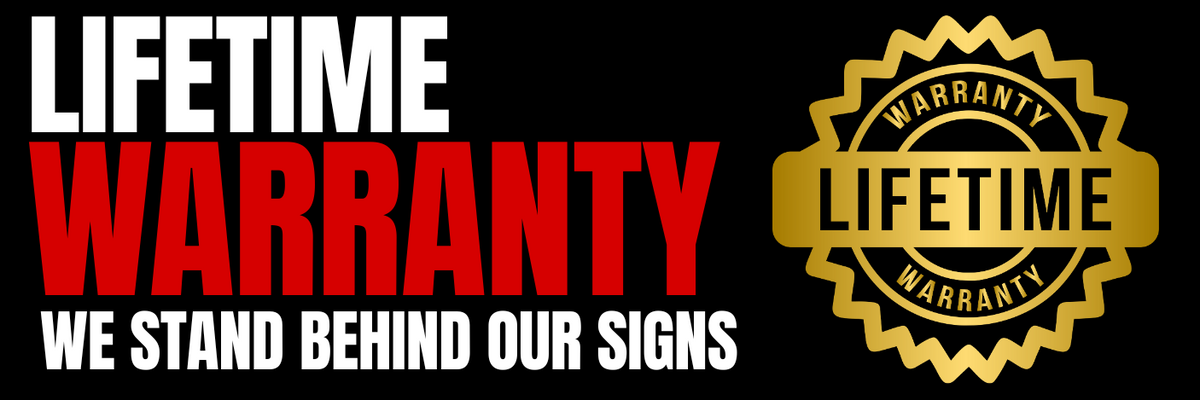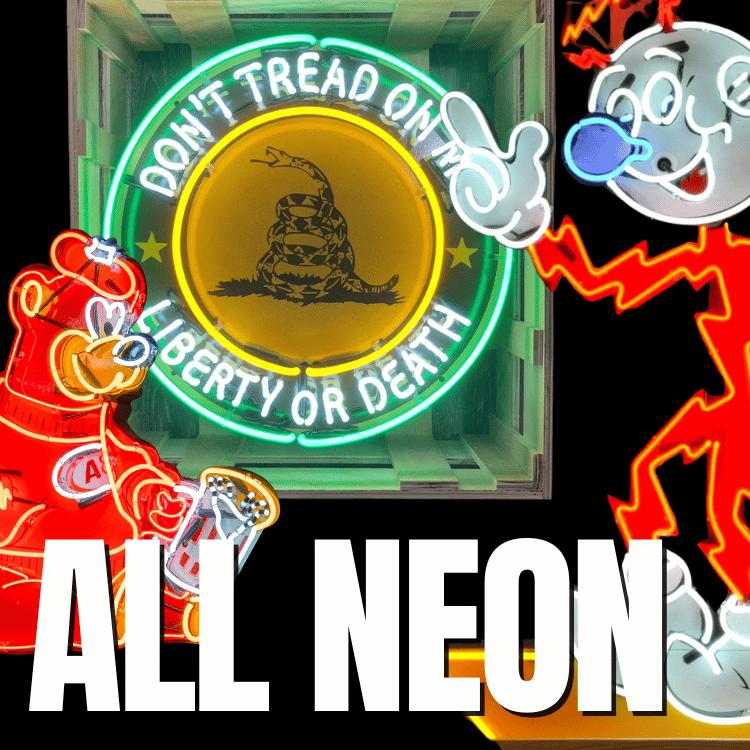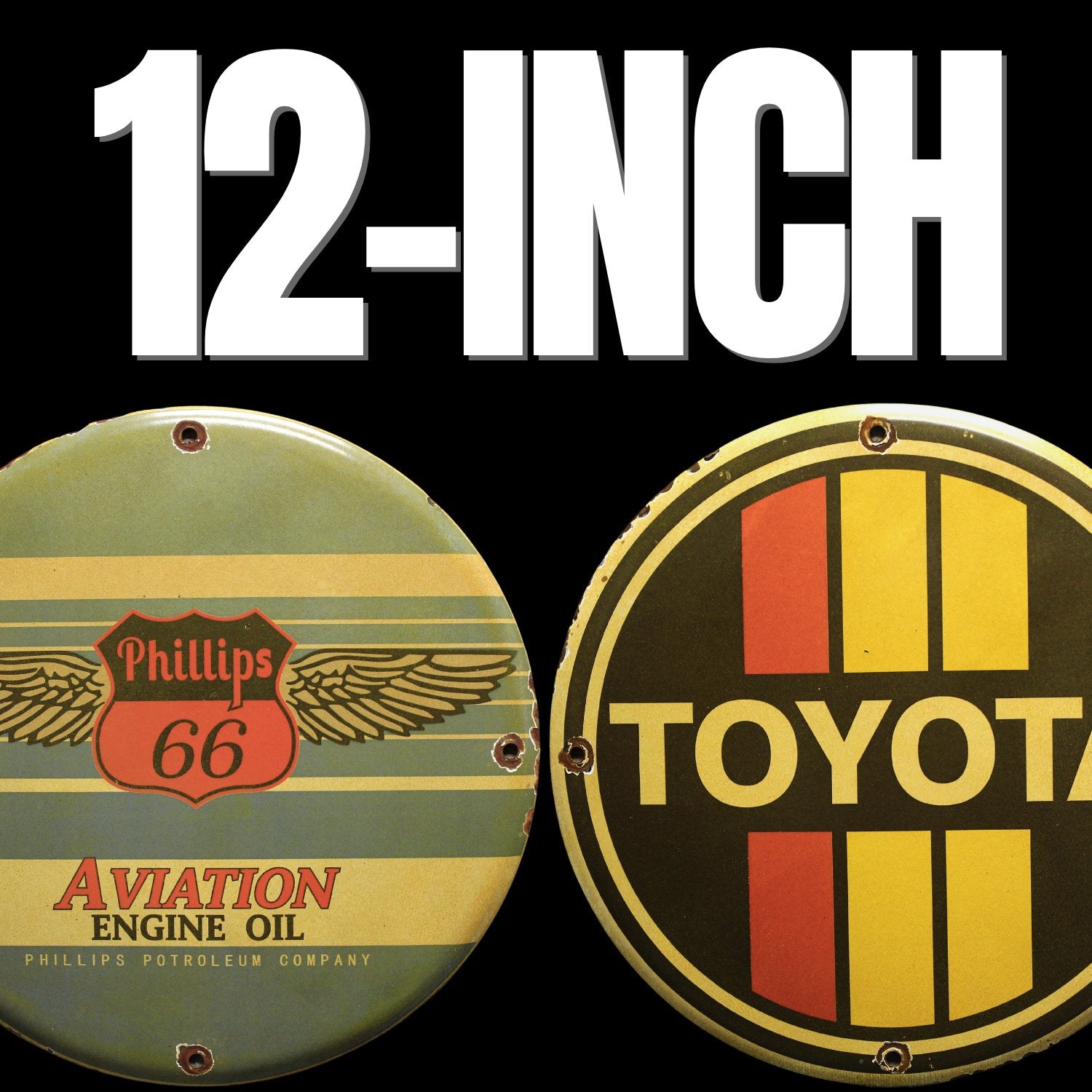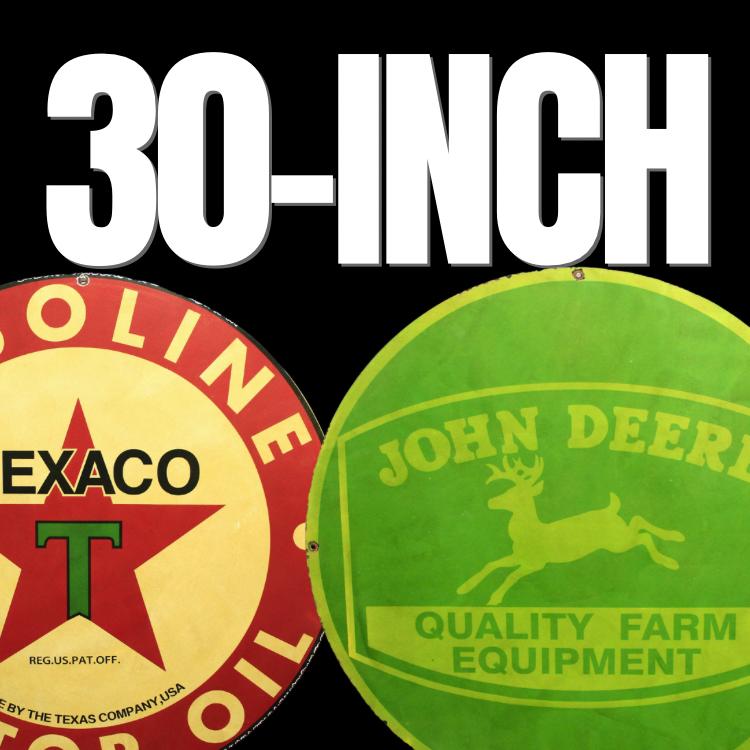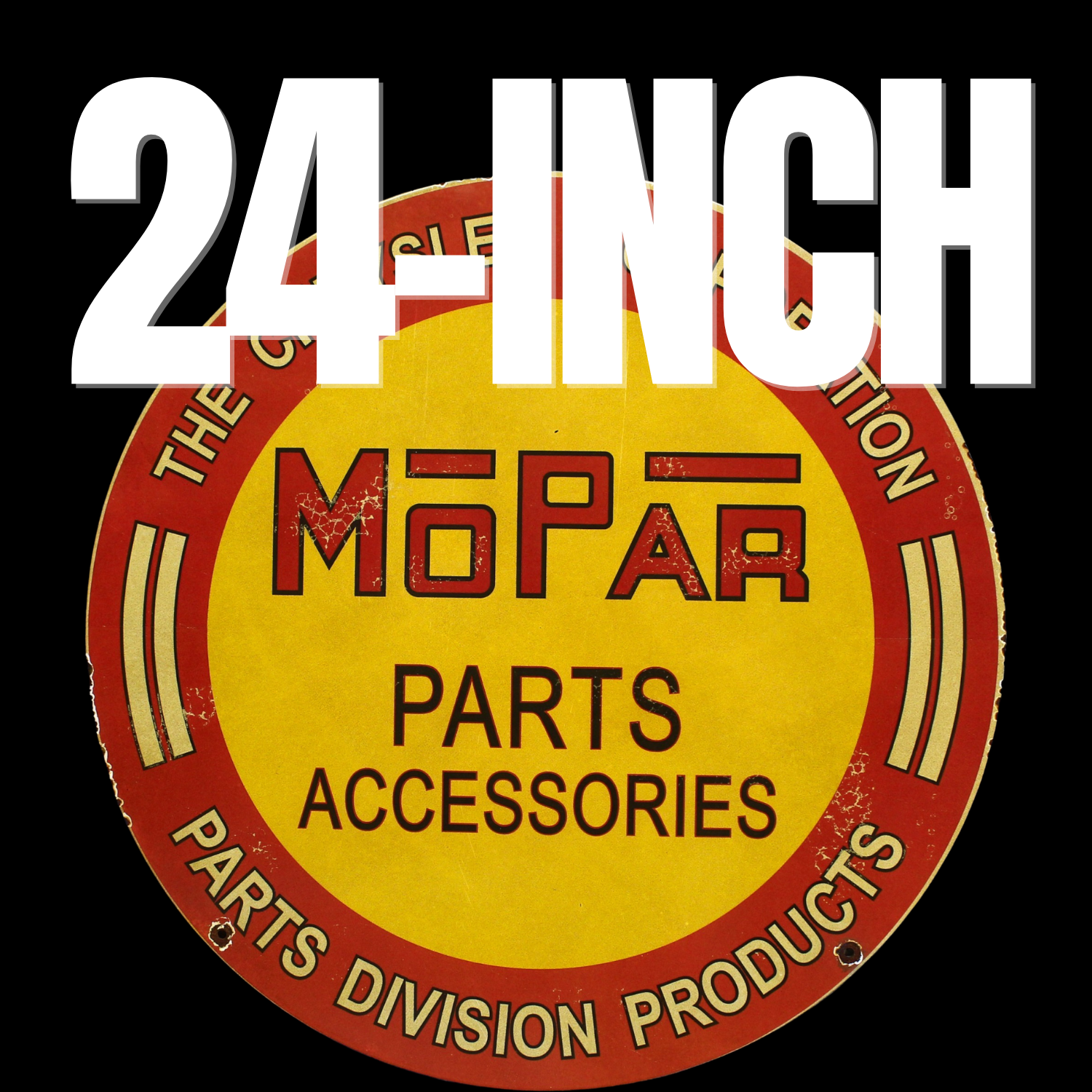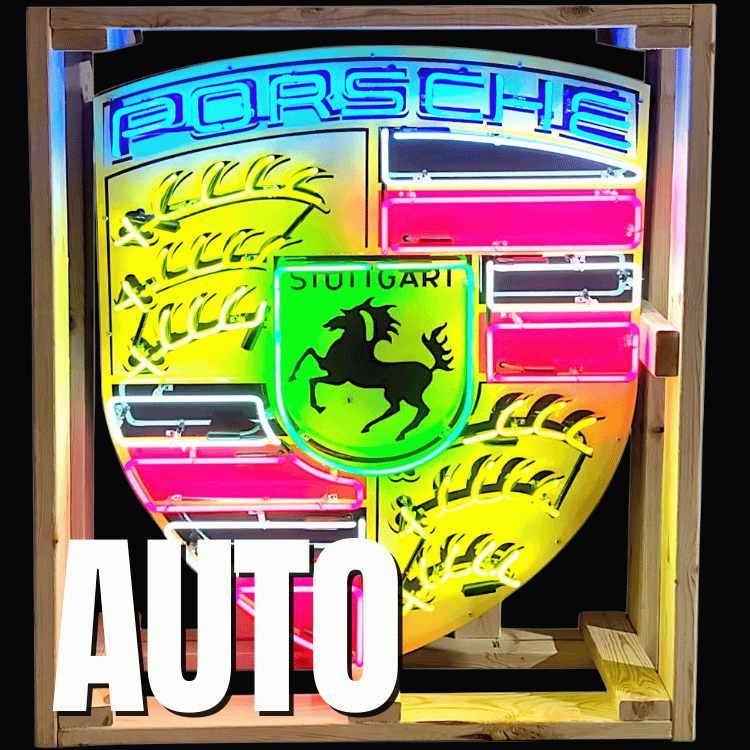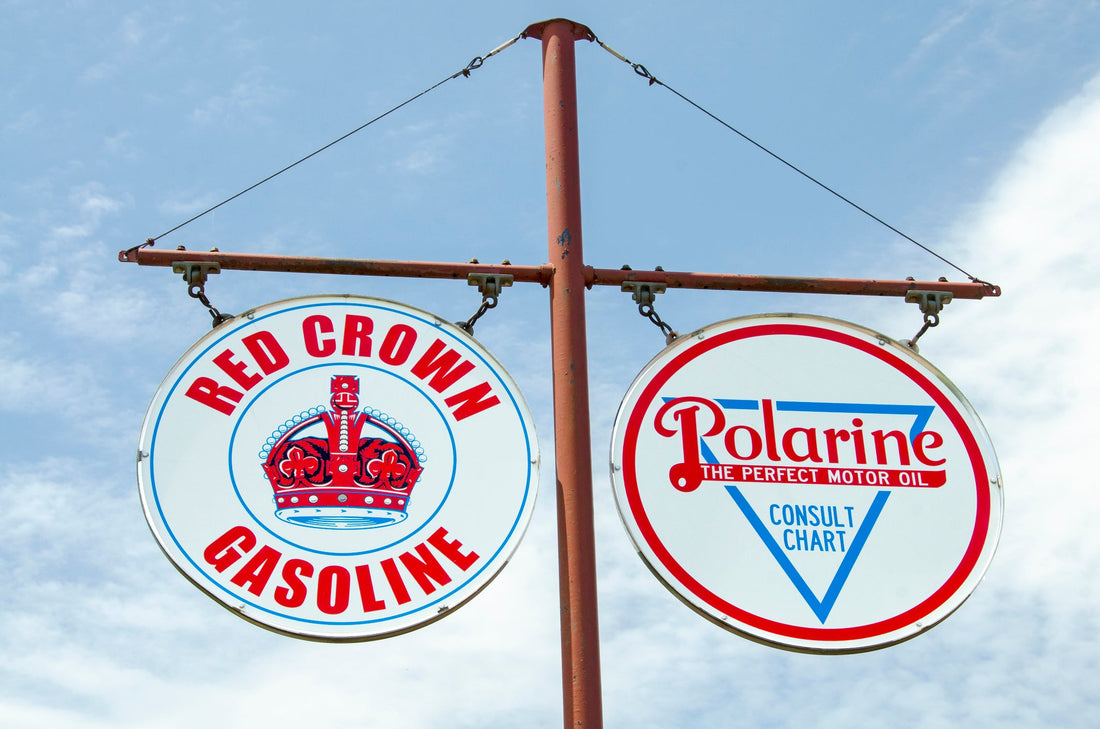
What Happened to Real Porcelain Signs? A Collector's Guide on How to Spot True Vintage Signs & Reproductions
What Happened to Real Porcelain Signs?
A Collector’s Guide to What’s Still Out There and How to Spot True Vintage Porcelain Enamel Signs
There was a time when real porcelain signs were everywhere—on barns, gas stations, and the garages of people who didn’t think twice about hanging them outside. They were heavy, glossy, and made to survive the elements.
Now? Not so much.
These days, spotting a real porcelain sign out in the wild is getting harder. The originals are disappearing, and the market is flooded with cheap fakes, thin aluminum copies, or stickered-up replicas that don’t even come close.
So what happened to the good stuff? And more importantly—where can serious collectors still find it?
A Brief History of Porcelain Signs
Porcelain enamel signs took over the advertising world in the early 1900s. Oil companies, soda brands, and manufacturers all used them because they could take a beating from the weather and still look good decades later.
The process wasn’t cheap. Real porcelain signs were made by kiln-firing layers of colored enamel onto thick steel. The result? A smooth, glossy surface that could last a lifetime.
But by the 1950s and ’60s, things started to change. Tin and aluminum became more popular because they were cheaper to produce. Screen printing and decals replaced the old-school enamel process. Bit by bit, true porcelain signs faded out—and the era of craftsmanship started to die off.
Why Real Porcelain Signs Are So Hard to Find
Back in the day, most porcelain signs weren’t considered collectibles. When gas stations remodeled or brands updated their logos, signs were tossed, buried, or sold for scrap. Only a fraction survived—and those that did often show their age.
On top of that, demand has exploded. As more collectors enter the game, the supply of real signs has dried up. Prices have skyrocketed.
And unfortunately, that’s opened the door for fakes.
Today, most of what you see online—especially on eBay or Facebook Marketplace—isn’t real porcelain. It’s aluminum. It’s printed. It’s made to look old, but not made the way the originals were. And that’s a problem for collectors who care about authenticity.
How to Spot the Real Thing (Vintage Only)
If you're hunting for a real vintage porcelain sign—not a reproduction—here’s what to look for:
-
Weight & Material: Originals are heavy. Most were made from thick steel, not tin or aluminum. If it feels flimsy, it probably is.
-
Porcelain Enamel Finish: True signs were kiln-fired. That gives the surface a glossy, glass-like texture you can feel. You’ll often notice slight ridges where colors meet—evidence of layered enamel.
-
Mounting Holes: Hand-punched holes are a big giveaway. Look for signs of enamel chipping around the edges of each hole. Smooth, laser-cut holes are a red flag.
-
Layered Colors: Real porcelain signs were fired in multiple stages—each color added and fired separately. You’ll see evidence of this in the way colors overlap or sit slightly raised.
-
Natural Aging: Originals may show rust at the edges, slight warping, or enamel wear in common spots. But be careful—some fakes are artificially aged. Real aging has a randomness and character that’s tough to replicate.
Where to Find Real Porcelain Signs
Skip the sketchy online marketplaces. If you want real vintage signs, auctions are still one of the best places to find them.
As a licensed auctioneer with deep roots in the antique advertising world, I’ve seen incredible signs come through the block—pieces with real history, real weight, and real craftsmanship. The beauty of a good auction is that you know what you're bidding on, you know who's selling it, and you can trust the process.
Auctions also give you the chance to see signs in person, talk to other collectors, and get a feel for what's legit and what’s not.
Whether you're buying your first sign or adding to a serious collection, you’ll always find more transparency—and better stories—at a live auction than you will in a Facebook listing.
Final Thoughts: Why It’s Worth the Hunt
Real porcelain signs aren’t just collectibles—they’re pieces of history. They represent a time when things were made with pride, not shortcuts.
Finding an original takes patience, a sharp eye, and a bit of luck. But when you finally land one that’s right—heavy steel, layered enamel, hand-punched holes—you’ll know the difference immediately.
✅ Collector Tip:
If a sign feels too light, too perfect, or too clean around the edges—it probably isn’t vintage. Trust the feel in your hands more than the photo in the listing.

